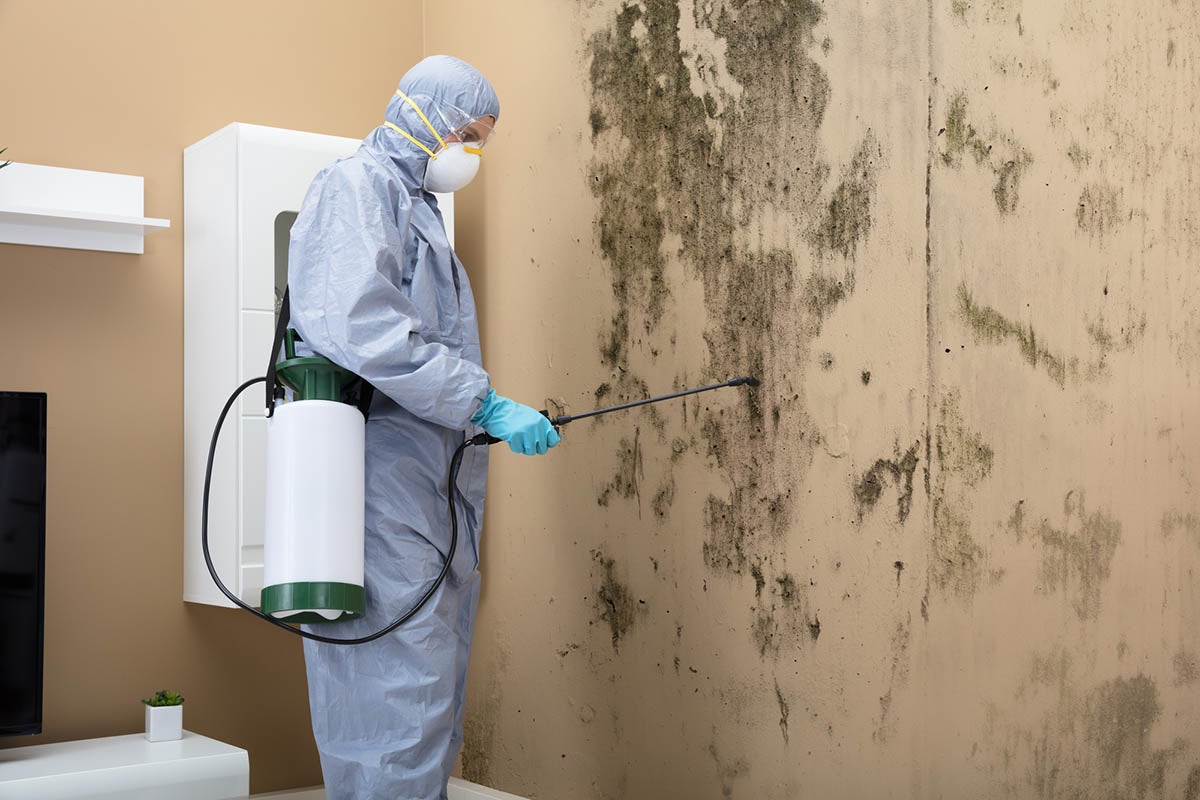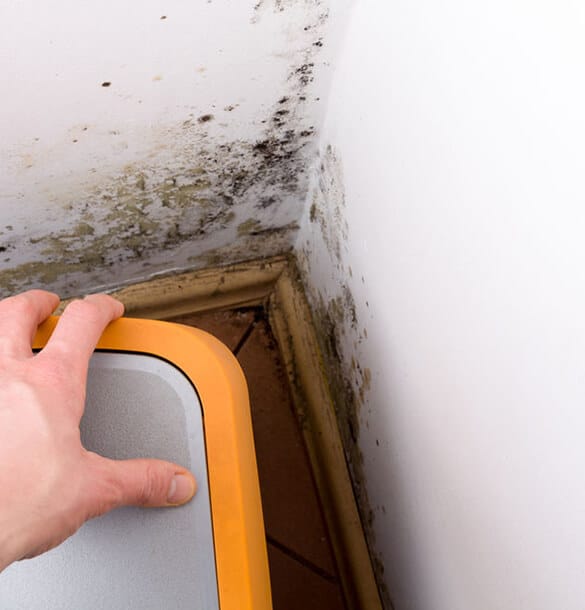Testing Air Quality After Mold Remediation
Testing Air Quality After Mold Remediation
Blog Article
Your Ultimate Guide to Post Mold Removal Methods
Navigating the realm of post-mold remediation strategies is a careful procedure that demands focus to detail and an extensive understanding of the details involved. In the consequences of mold infestation, understanding how to successfully eradicate the mold and mildew and avoid its reoccurrence is extremely important for keeping a healthy and balanced interior environment. From picking the ideal cleaning and disinfecting methods to applying strategies for long-term mold avoidance, each action in the remediation trip plays an essential role in making sure a successful result. As we start this exploration of post-mold remediation methods, we will discover the key methods and ideal practices that can aid you recover your room to its pre-mold condition and secure it versus future mold threats.
Recognizing Post-Mold Remediation Process
After finishing the mold remediation procedure, it is essential to comprehend the post-mold remediation strategies that are necessary to make certain a effective and extensive cleaning. As soon as the mold has actually been eliminated, the next step involves cleaning and sanitizing the affected areas to avoid any kind of regrowth of mold and mildew. This consists of making use of specialized cleaning agents to clean down surfaces and kill any remaining mold and mildew spores. It is vital to dry the area entirely to dissuade the development of mold and mildew in the future (Post Mold Remediation Report). Appropriate air flow and dehumidification can help in this process.
Furthermore, conducting a final assessment post-remediation is vital to ensure that all mold has actually been effectively eradicated. This examination ought to include a thorough aesthetic check along with possibly air sampling to verify the absence of mold and mildew spores airborne. If the assessment exposes any kind of remaining mold, extra remediation may be required. Educating occupants on precautionary steps such as regulating dampness degrees and promptly addressing any kind of water leakages can assist preserve a mold-free atmosphere.
Reliable Cleaning and Disinfecting Methods

Avoiding Future Mold Development

Importance of Correct Ventilation
Appropriate ventilation plays a crucial function in protecting against dampness accumulation, a vital variable in mold development within interior settings. Effective ventilation systems aid eliminate excess moisture from the air, reducing the chances of mold spores locating the moisture they require to germinate and spread. Without ample ventilation, indoor spaces can come to check it out be a breeding place for mold and mildew, resulting in possible wellness threats and architectural damage.
By making sure correct air flow, air flow systems can additionally help in drying damp locations quicker after water damage or flooding events, additionally deterring mold development. Post Mold remediation cleaning. Precede like washrooms, cooking areas, cellars, and attic rooms where wetness levels tend to be higher, installing and keeping reliable ventilation systems is important in stopping mold and mildew infestations

Tracking and Upkeep Tips
Given the important duty that correct air flow plays in avoiding mold growth, it is essential to establish efficient tracking and maintenance suggestions to make certain the ongoing performance of ventilation systems. Regular evaluations More Info of ventilation systems should be performed to look for any signs of blockages, leakages, or malfunctions that could impede appropriate airflow. Tracking moisture levels within the building is likewise crucial, as high humidity can add to mold and mildew growth. Mounting a hygrometer can assist track moisture levels and alert house owners to any type of spikes that might need attention. In addition, guaranteeing that air filters are frequently cleaned up or replaced is vital for maintaining the effectiveness of the air flow system. Applying a timetable for routine maintenance tasks, such as duct cleansing and cooling and heating system examinations, can help stop issues before they escalate. By staying mindful and aggressive to the condition of ventilation systems, home owners can effectively mitigate the threat of mold and mildew regrowth and preserve a healthy interior setting.
Final Thought
In final thought, post-mold removal strategies are important for making sure a safe and tidy setting. Comprehending the procedure, executing efficient cleaning and sanitizing approaches, stopping future mold growth, keeping correct air flow, and normal surveillance are all essential steps in the removal procedure. By following these guidelines, you can effectively get rid of mold and mildew and avoid its return, working or advertising a healthy and balanced living room for all occupants.
In the consequences of mold invasion, knowing exactly how to effectively get rid of the mold and mildew and stop its reoccurrence is paramount for keeping a healthy indoor atmosphere. Once the mold and mildew has been removed, the next action includes cleaning and sanitizing the impacted locations to avoid any kind of regrowth of mold and mildew - Post Mold Remediation. After eliminating visible mold development, it is critical to clean up all surface areas in the affected area to have a peek at this site remove any type of remaining mold spores. To further enhance mold and mildew avoidance steps, it is essential to attend to underlying concerns that initially led to mold and mildew development.Offered the critical role that appropriate air flow plays in avoiding mold growth, it is necessary to establish effective surveillance and upkeep tips to guarantee the continued capability of air flow systems
Report this page